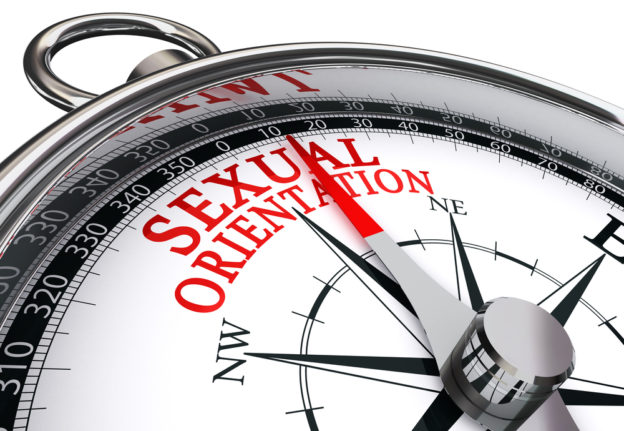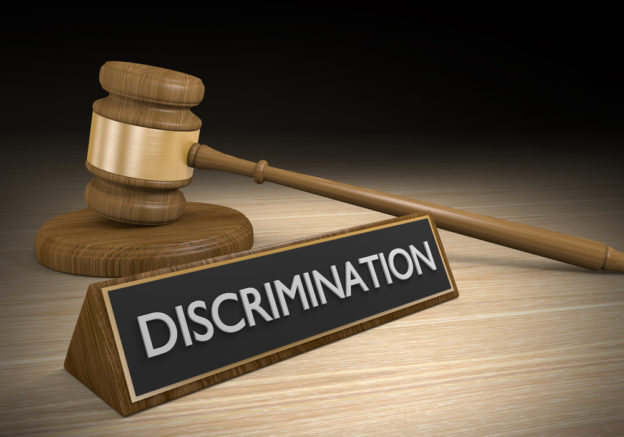Overturning prior precedent, the full panel of the Second Circuit Court of Appeals recently ruled that sexual orientation discrimination is a form of sex discrimination that violates Title VII. Zarda v. Altitude Express, Inc.. With this landmark ruling, the Second Circuit joins the Seventh Circuit in extending Title VII sex discrimination protection to employment discrimination based on sexual orientation. However, this opinion further highlights a split in circuits over this issue—the Eleventh Circuit which holds the opposite. The EEOC has taken the position consistent with the Second Circuit.
Facts of Case
Donald Zarda, who worked for Altitude Express as a skydiving instructor in New York, was gay. To preempt any discomfort his female students might feel being strapped to an unfamiliar man, Zarda often disclosed he was gay. Before one particular tandem jump with a female student, Zarda told her that he was gay and had an ex-husband to prove it. After the successful skydive, the student told her boyfriend that Zarda had inappropriately touched her and disclosed his sexual orientation to excuse his behavior. The woman’s boyfriend told Zarda’s boss, who fired Zarda shortly thereafter. Zarda denied touching the student inappropriately and believed that he was fired solely because of his reference to his sexual orientation.
After filing with the EEOC, Zarda filed a lawsuit against his former employer in federal court asserting, among other claims, that his firing violated Title VII under a sex stereotyping theory as well as violating New York law (which prohibits sexual orientation discrimination). In March 2014, the district court granted summary judgment to Altitude Express on his Title VII claim, stating that he failed to establish a prima facie case of gender stereotyping discrimination.
Zarda appealed, pointing to a 2015 EEOC decision that held that allegations of sexual orientation discrimination state a claim of discrimination on the basis of sex and therefore, violate Title VII. In April 2017, a three-judge panel of the Second Circuit refused to reverse the lower court’s ruling on Zarda’s Title VII claim because it was bound by the Circuit’s prior precedent in which the court had ruled that discrimination based on “sex” did not encompass discrimination based on sexual orientation. The three-judge panel noted, however, that the full court sitting en banc could overturn its earlier precedent and subsequently ordered a rehearing so that the full court could determine whether to sexual orientation was prohibited under Title VII.
Sexual Orientation Discrimination Recognized as Sex Discrimination Claim
In deciding whether Title VII prohibits sexual orientation discrimination, the full Second Circuit Court of Appeals examined the phrase “because of . . . sex” as used in Title VII. The Court stated that Congress had intended to make sex irrelevant to employment decisions, leading the U.S. Supreme Court subsequently to prohibit discrimination based not only on sex itself, but also on traits that are a function of sex, such as non-conformity with gender norms. The Second Circuit concluded that sexual orientation is a function of sex, because one cannot fully define a person’s sexual orientation without identifying his or her sex. The Court wrote, “Logically, because sexual orientation is a function of sex and sex is a protected characteristic under Title VII, it follows that sexual orientation is also protected.”
The Court also concluded that sexual orientation discrimination is a subset of sex discrimination by considering associational discrimination. Pointing to decisions where courts have held that an employer may violate Title VII if it takes action against an employee because of the employee’s association with a person of another race, the Court extended that prohibition to address when an adverse action is taken against an employee because his or her romantic association with a person of the same sex.
Some judges on the Second Circuit dissented, writing that the drafters of Title VII included “sex” in the civil rights law in order to “secure the rights of women to equal protection in employment” with no intention of prohibiting discrimination on the basis of sexual orientation. The majority of the judges respectfully disagreed.
What Employers Need to Know
Because the Eleventh Circuit (which includes Florida, Georgia, and Alabama) refused to recognize a Title VII claim for sexual orientation discrimination in 2017, the split in the circuit courts make this issue ripe for consideration by the U.S. Supreme Court. However, until the Supreme Court is presented with, and agrees to hear, a case raising this issue, we are left with varying protections in different jurisdictions.
Employers with operations located in the Second and Seventh Circuits, which have recognized sexual orientation discrimination as prohibited by Title VII, should update their policies and practices to reflect that protected category. That means, employees located in New York, Vermont, Connecticut, Illinois, Wisconsin, and Indiana are protected against harassment, discrimination, and retaliation on the basis of sexual orientation under federal law.
Employers also need to comply with state and local laws that may prohibit employment discrimination on the basis of sexual orientation. At present, approximately 20 states plus the District of Columbia have laws banning private employers from engaging in sexual orientation discrimination. Additional states ban such discrimination by government employers. And more and more cities and counties are enacting ordinances to prohibit sexual orientation discrimination. To ensure compliance, employers may wish to implement policies prohibiting such discrimination regardless of jurisdiction. Otherwise, employers are forced to examine the laws applicable to each of their locations and alter their policies accordingly.


 By
By 
 By
By